
Britton Gallery Talks 2018
Intimate conversations with Garden scientists about a typical day of work include behind-the-scenes tours of Science facilities. Exclusive to Members.
Space for these programs is limited and reservations are required. Reserve today.
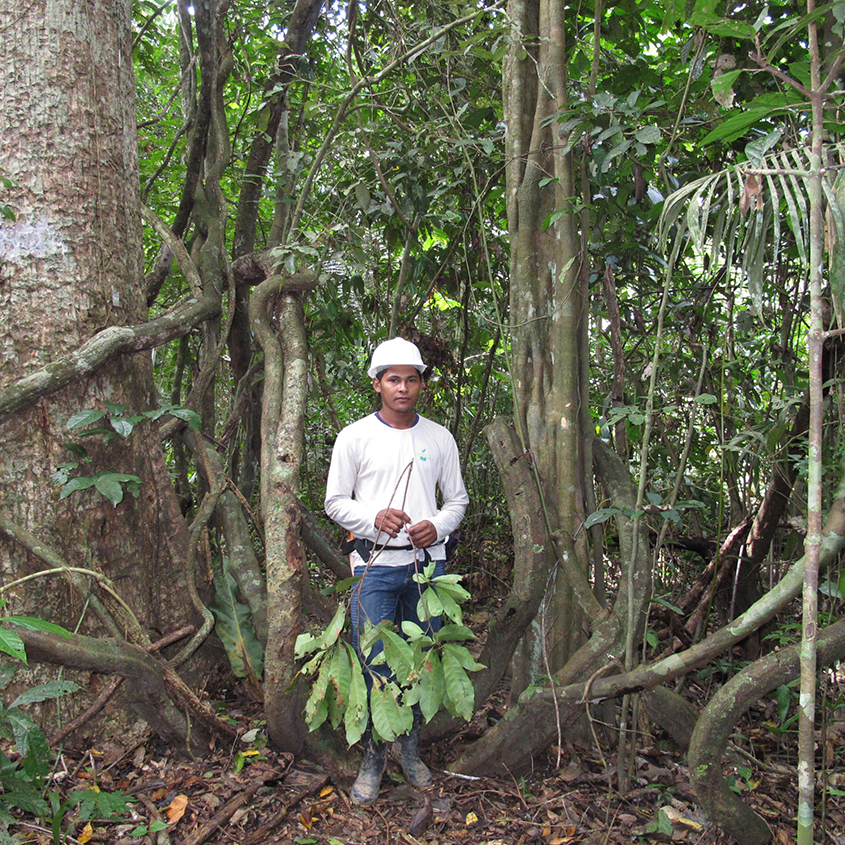
Adriano Silva, one of a new generation of master woodsmen (mateiros) being trained as part of NYBG’s forest management projects.
Management of Native Forests in Amazonia: Science, Social Science, and (in)Humanities
Friday, February 16, 2018
2 p.m.–3 p.m.
A Conversation with Garden Scientist Douglas C. Daly, Ph.D.
Between protected areas and areas that are being clear-cut for agriculture or pasture in Amazonia, there are still vast areas of native forest that provide a badly needed buffer of forest cover. These buffer areas are inevitably managed for timber production in varying degrees of intensity. Garden scientist Dr. Douglas C. Daly discusses the variety of factors ― only some of which are science-based ―affecting the degree to which management of native forest in Amazonia is sustainable. Following the talk is a tour of the William and Lynda Steere Herbarium to examine some of the valuable species that occur in the Amazon.
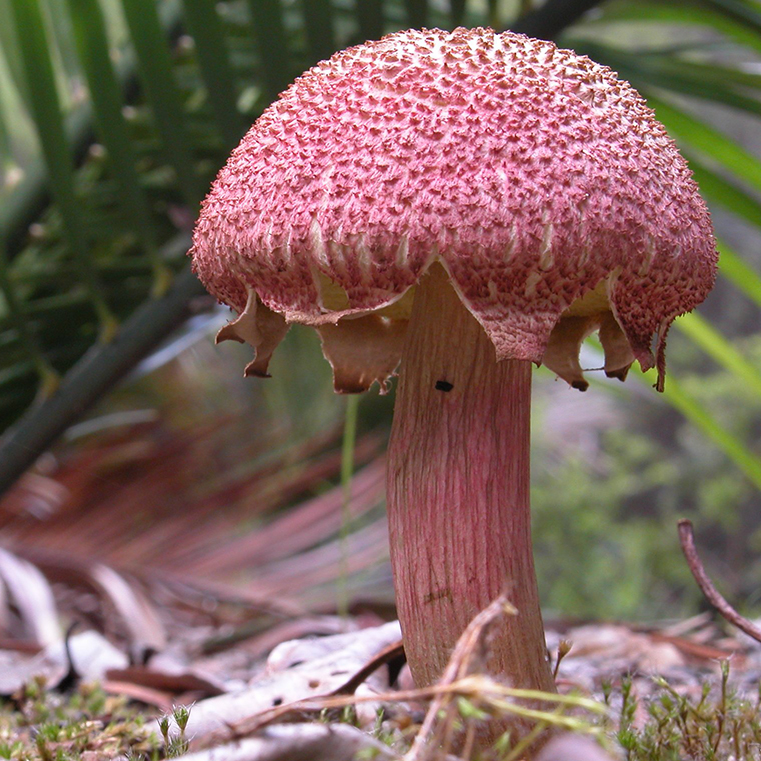
Boletes growing in sand are naturally symbiotic with gum tree roots on Fraser Island, Queensland, Australia.
Fungi Down Under: Sand, Gum Trees, and Porcini Mushrooms
Friday, April 27, 2018
11 a.m.–12 p.m.
A Conversation with Garden Scientist Roy Halling, Ph.D.
Australia was geologically isolated for about 50 million years and evolved such unique biological diversity as the kangaroo, koala, platypus and gum tree (Eucalyptus). The fungi that co-evolved there are less known but probably more diverse and critical for the functioning of Australia’s ecosystems. Garden scientist Dr. Roy Halling discusses his exploration and discovery of one widespread and visible group of Australian fungi ― the Porcini family of mushrooms (boletes) ― which form root associations with gum trees in the bushland. Following the talk is a demonstration of methods and techniques to collect baseline data for fungal inventory.
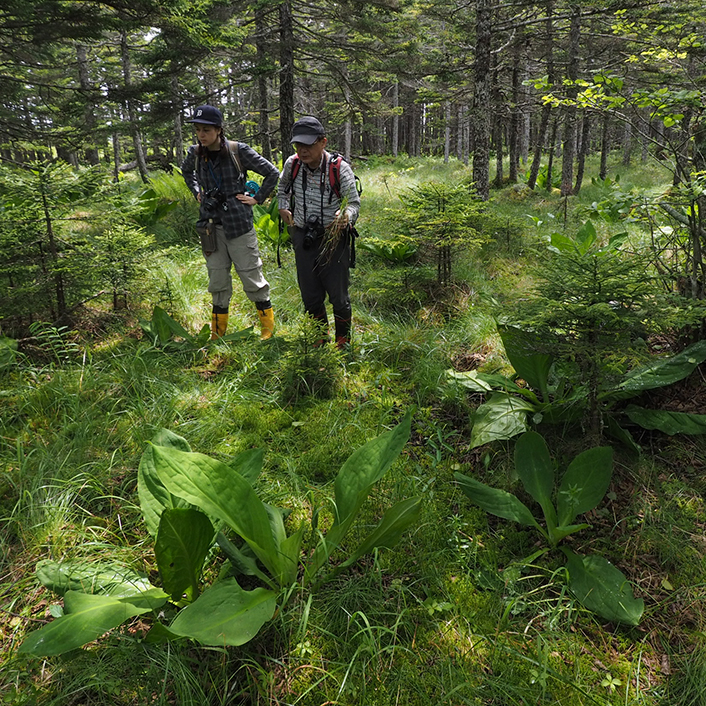
Searching for the eastern Asian relatives of Woodland sedges in Nemuro, Hokkaido, Japan. Image by M. Sato.
The Diversity and Evolution of Woodland Sedges: Carex section Laxiflorae, Cyperaceae
Friday, June 8, 2018
11 a.m.–12 p.m.
A Conversation with Garden Ph.D. Candidate Jenna Dorey
Woodland sedges are members of Carex, the most species-rich plant genus in temperate North America. Although these sedges are often a prominent component of North American hardwood forests, relatively little is known about them. Garden graduate student Jenna Dorey discusses her Ph.D. thesis research across North America and Japan to unravel the evolutionary history of these enigmatic plants, highlighting the discovery of species new to North America. Following the talk is a tour of the William and Lynda Steere Herbarium to highlight the important role of collections in scientific research and conservation.
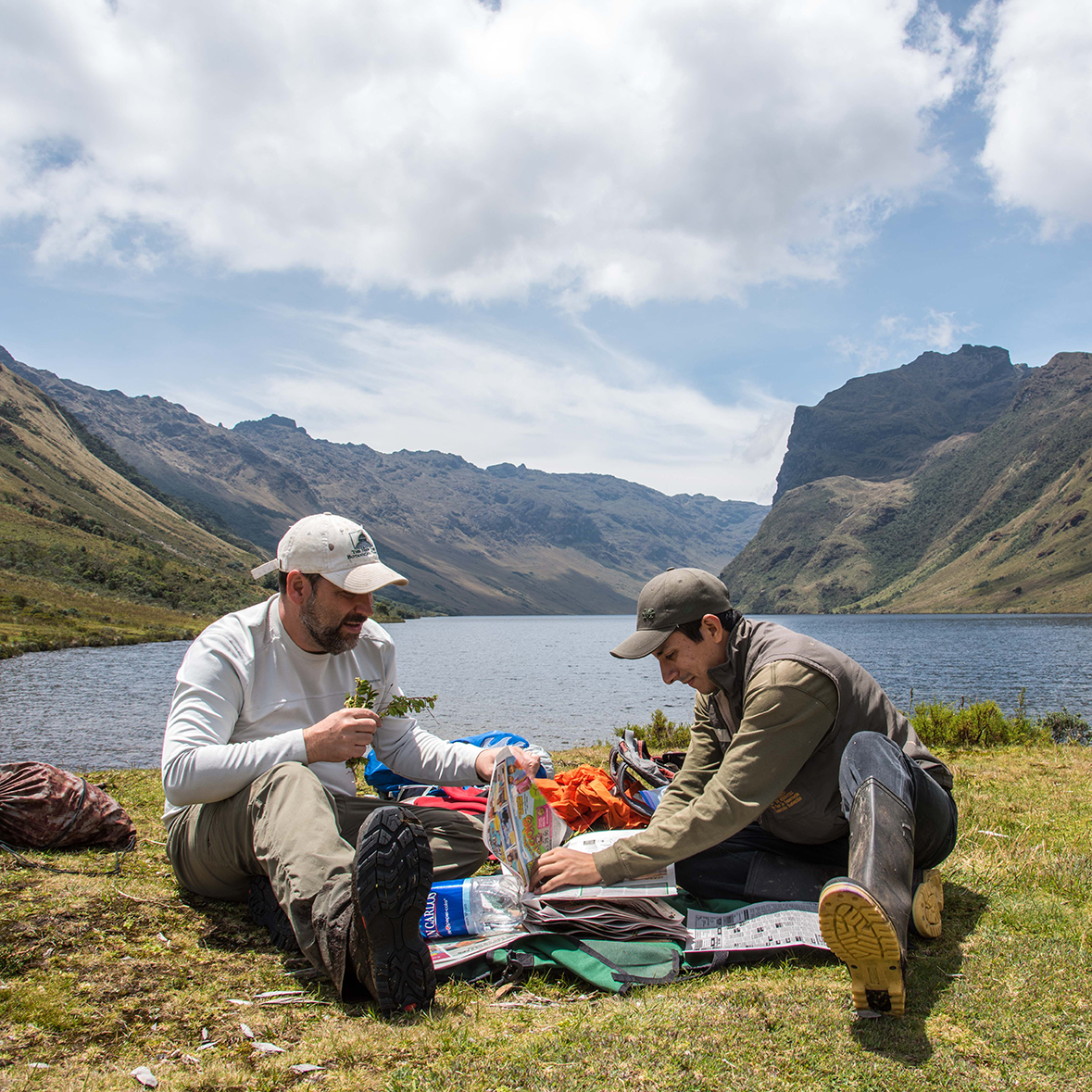
Collecting plant specimens in Peru.
From the Field to the Lab: Research on the Evolution of the Meadow Beauty and Princess Flower Family (Melastomataceae) in the Tropics
Friday, August 24, 2018
11 a.m.–12 p.m.
A Conversation with Garden Scientist Fabian A. Michelangeli, Ph.D.
NYBG scientists use a variety of tools and techniques to study the evolution of plant life on Earth. It all starts in the field with the collection of samples, continues in the herbarium for the identification of species, then into the laboratory for the study of morphology, development, and evolutionary relationships using DNA sequence data. Dr. Michelangeli takes you on this evolutionary research journey using an example from the Princess flower family (Melastomataceae) collected in the cloud forests high in the Andes of Peru. Following the talk is a tour of the Pfizer Plant Research Laboratory focusing on the Structural Botany and Cullman Molecular Systematics programs.
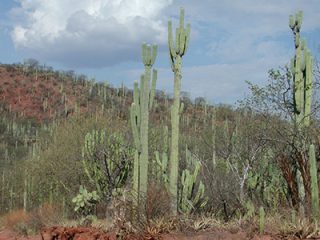
Cacti provide an excellent example of evolutionary problem solving.
Evolution and the Tree of Life: Problem-solving Through Time
Friday, October 12, 2018
2 p.m.–3 p.m.
A Conversation with Garden Scientists Dennis Wm. Stevenson, Ph.D., Barbara Ambrose, Ph.D., and Lawrence M. Kelly, Ph.D.
As Charles Darwin famously recognized, the evolution of living things has been occurring for billions of years and is responsible for the marvelous diversity of life on Earth. Drs. Stevenson, Ambrose, and Kelly discuss evolution as a problem-solving process resulting in change over time and explain the Botanical Garden’s modern research on understanding plant portions of the evolutionary Tree of Life (family tree of living things). Following the talk is a tour of the Enid A. Haupt Conservatory to look at representative plants on the evolutionary tree and note some particular problem-solving that has occurred in Earth’s different biomes.